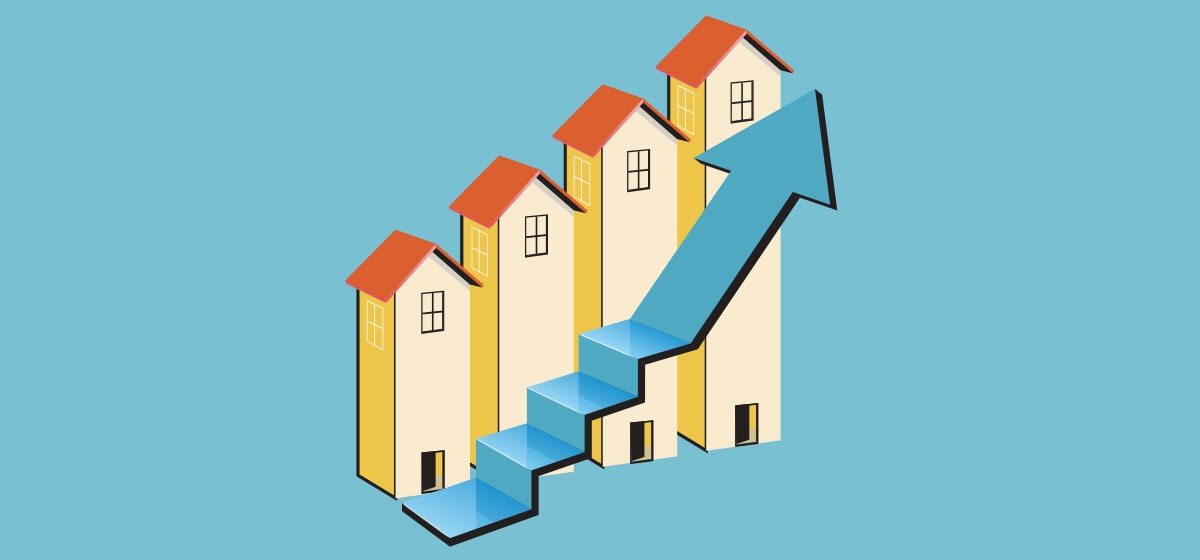
The region’s housing market is anything but dramatic. It has long been the tortoise in the race: Slow, but reliably steady. Little has changed in a year’s time.
Third-quarter 2014 housing prices, for example, rose 4.3 percent over the previous year, a rate slower than seven of the 14 Pittsburgh Today benchmark regions and below the 5.7 percent national rate of price appreciation. New building permits have risen every year since 2011, but still lag most comparable metro regions.
Sometimes, slow and steady pays off. Never having experienced much of a housing bubble in the first place, southwestern Pennsylvania’s market felt less pain and recovered more quickly than most metropolitan areas when the bubble burst in 2008. The local population has slowly stabilized. And more people—most of them young adults—have moved into the region than left it over the past five years.
Taking the long view, the region’s housing market shines. Prices have risen 23.7 percent in the Pittsburgh Metropolitan Statistical Area over the last 10 years. That’s the highest appreciation rate among Pittsburgh Today benchmark regions and 2.5 times higher than the national 10-year appreciation rate of 9.1 percent.
Homeownership is another trademark of Pittsburgh living. Nearly 7-in-10 residents own their home—a rate that keeps the Pittsburgh MSA at the top of our benchmark regions. The region’s housing market is not without its blemishes. Its housing stock is the oldest among benchmark regions. And the rate of vacant housing is higher than in all of our benchmark regions except Indianapolis, Cleveland and Detroit.
Wide racial disparities also exist in housing indicators that extend into the oldest segments of the population. In Allegheny County, for example, significantly fewer African Americans aged 65 and older own a home than white seniors, Pittsburgh Today and Pitt’s University Center for Social & Urban Research reported last year. And while 65 percent of white seniors give the conditions of their houses high marks, that’s the case for only 40 percent of African Americans.


